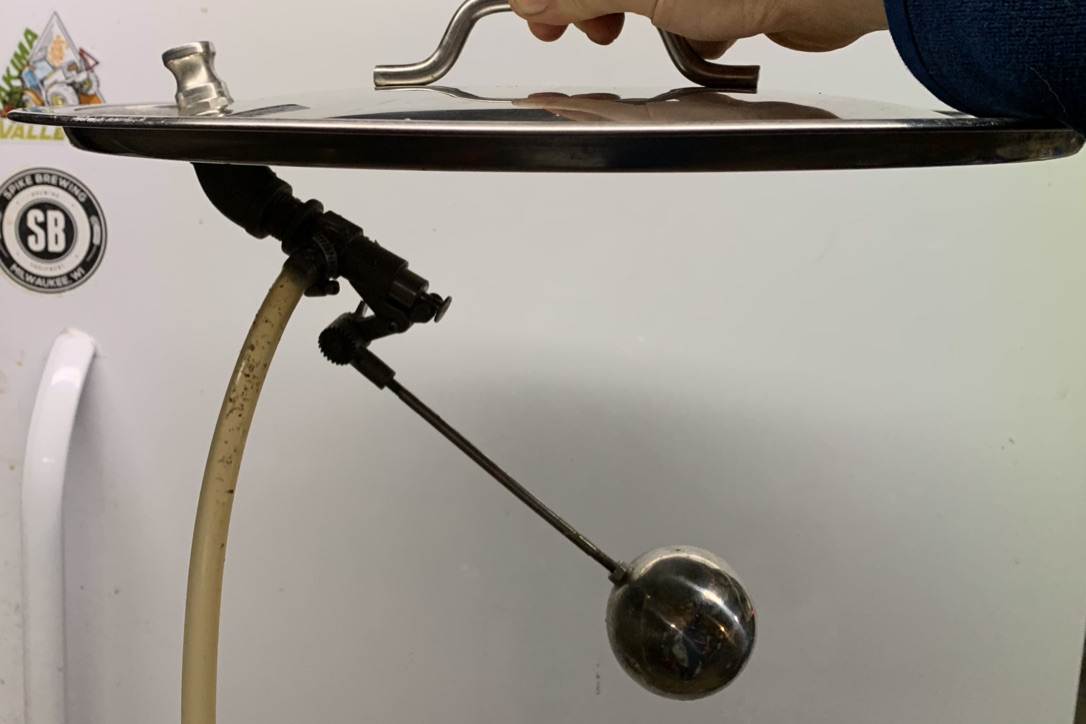Antonio Martinez
Well-Known Member
- Joined
- Apr 14, 2018
- Messages
- 133
- Reaction score
- 83
I'm planning an upgrade going from PWM based BIAB to Aubers DSPR120 controller. I know everyone has a preference, or maybe even bias towards their own method, but I'm trying to get a feel for what would be a better choice between:
1) Ss Brewtech Mash Re-circulation Manifold
2) Locline
3) Simple silicone hose resting in the mash
I like the idea of locline but I've seen someone, can't remember where, post about the locline discoloring which means that dye is presumably leeching into the beer. The Ss manifold seems like a good option as well, the only downside I see here is that it restricts flow down to 3/8 off of the 1/2" ball valve I'll be using on the mkII pump. I suppose just using the silicone hose could cause channeling but I would imagine this is also possible with any recirculation setup. Cleanup would seem to be the easiest with the silicone hose given that you can visually inspect hose whereas both other options don't offer this option. I would also assume that Locline would probably deteriorate with continued exposure to chemicals used for cleaning/sanitization. What else am I not thinking of?
1) Ss Brewtech Mash Re-circulation Manifold
2) Locline
3) Simple silicone hose resting in the mash
I like the idea of locline but I've seen someone, can't remember where, post about the locline discoloring which means that dye is presumably leeching into the beer. The Ss manifold seems like a good option as well, the only downside I see here is that it restricts flow down to 3/8 off of the 1/2" ball valve I'll be using on the mkII pump. I suppose just using the silicone hose could cause channeling but I would imagine this is also possible with any recirculation setup. Cleanup would seem to be the easiest with the silicone hose given that you can visually inspect hose whereas both other options don't offer this option. I would also assume that Locline would probably deteriorate with continued exposure to chemicals used for cleaning/sanitization. What else am I not thinking of?



